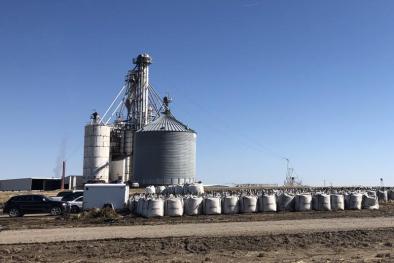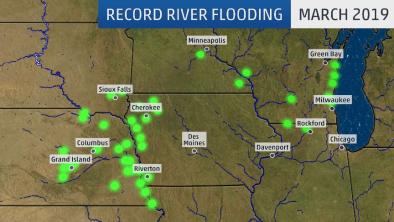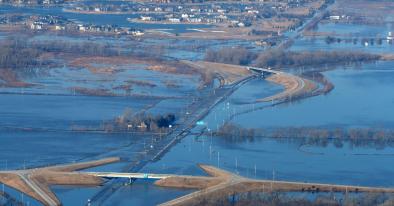Science Source
Roles of climate and agricultural practices in discharge changes in an agricultural watershed in Iowa
- States that river discharge represents a vital resource for many human activities
- States that Iowa is relentlessly plagued by catastrophic flooding, with the spring and summer river floods of 1993, 2008, and 2013 and the drought of 2012 being the most recent widespread events affecting the state
- States that during the 20th and 21st centuries, discharge over this area has been changing on a number of temporal scales, from annual to decadal
- States that an outstanding question is related to the contribution of changes in the climate system and in land use/land cover and agricultural practices in explaining changes in discharge
- Addresses this question by developing statistical models to describe the changes in different parts of the discharge distribution
- Uses rainfall and harvested corn and soybean acreage to explain the observed stream flow variability
- Focuses on the Raccoon River at Van Meter, which is a 9000-km2 watershed with daily discharge measurements covering most of the 20th century up to the present
- Results indicate that rainfall variability is responsible for the majority of the changes observed in the discharge record, with changes in cultivated area affecting the discharge responses in different ways, depending on which part of the discharge distribution is considered
- Finds, in particular, land use change exacerbates high discharge during heavy precipitation and low discharge during low precipitation
Related Content
Headline

Mar 25, 2019 | U.S.
Floods shut nearly a sixth of U.S. ethanol production
Headline

Mar 22, 2019 | The Weather Channel
Record Flooding in Nebraska, Iowa, South Dakota, Wisconsin, Minnesota and Illinois Follows Snowmelt, Bomb Cyclone
Headline

Mar 22, 2019 | New York Times
Why Is There Flooding in Nebraska, South Dakota, Iowa and Wisconsin?
Science Source
| Journal of Climate
The Effect of Global Warming on Severe Thunderstorms in the United States


